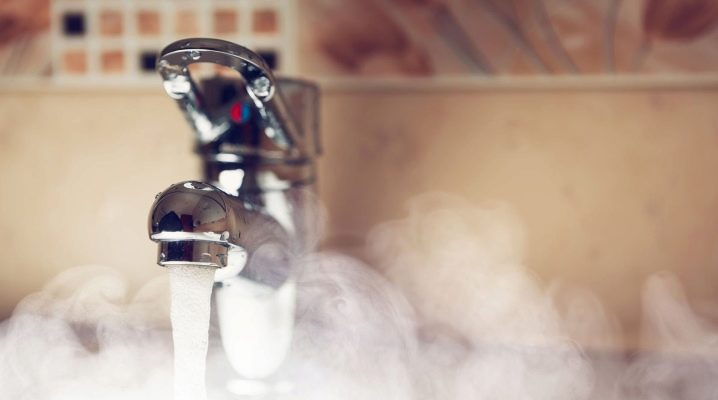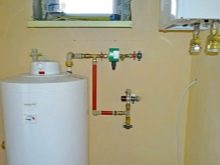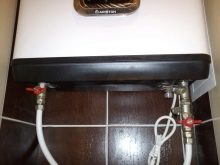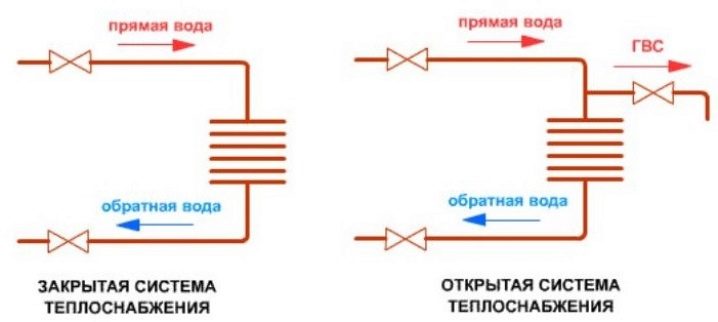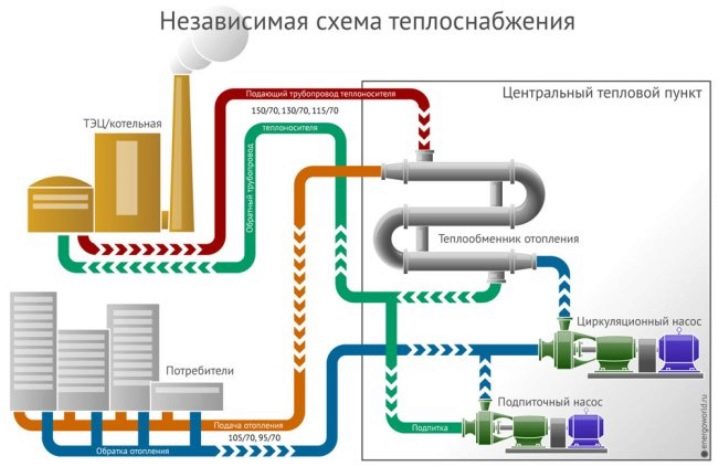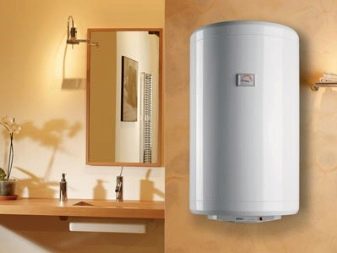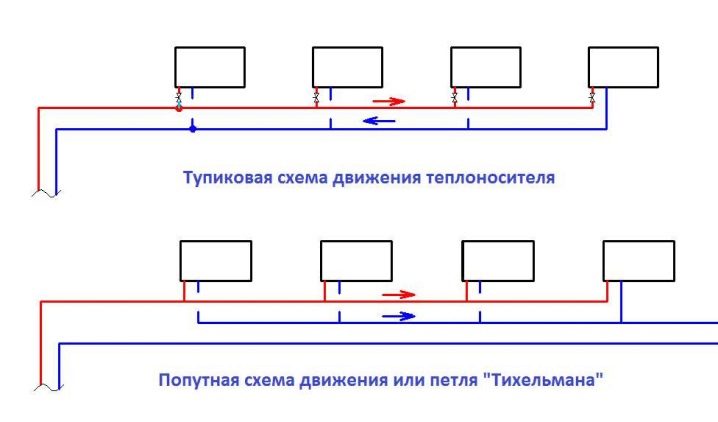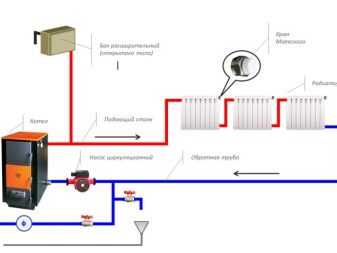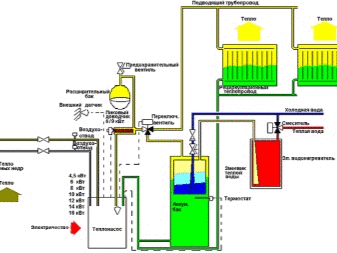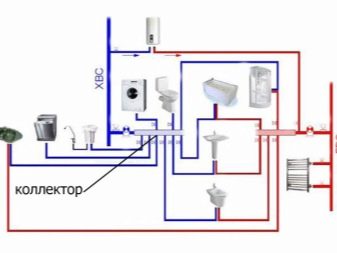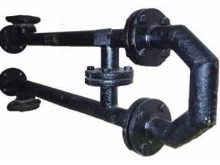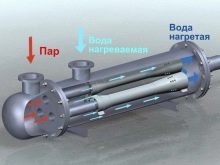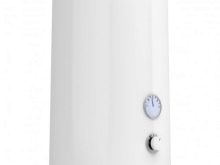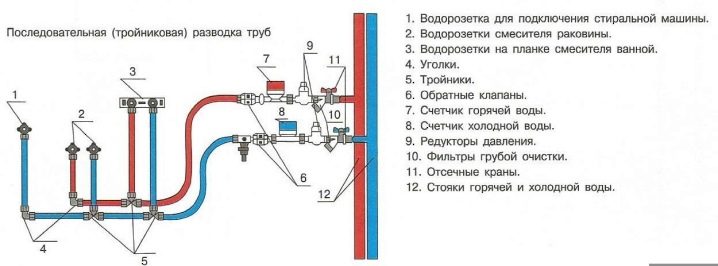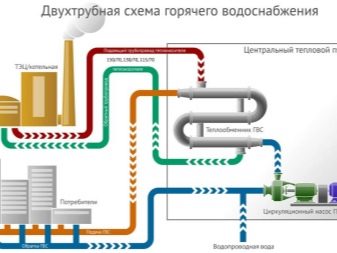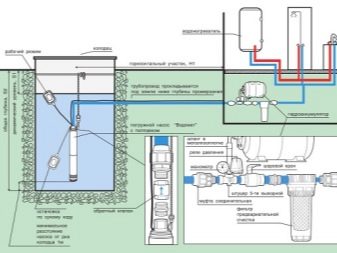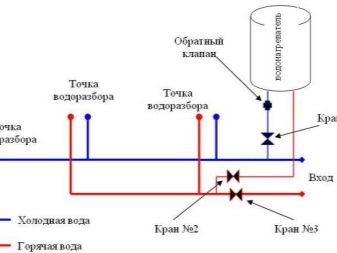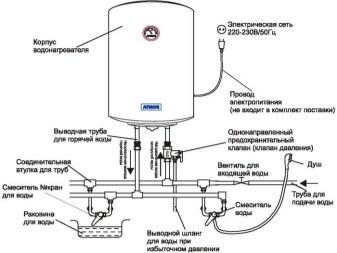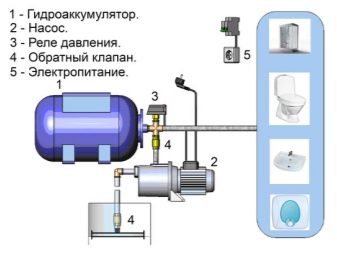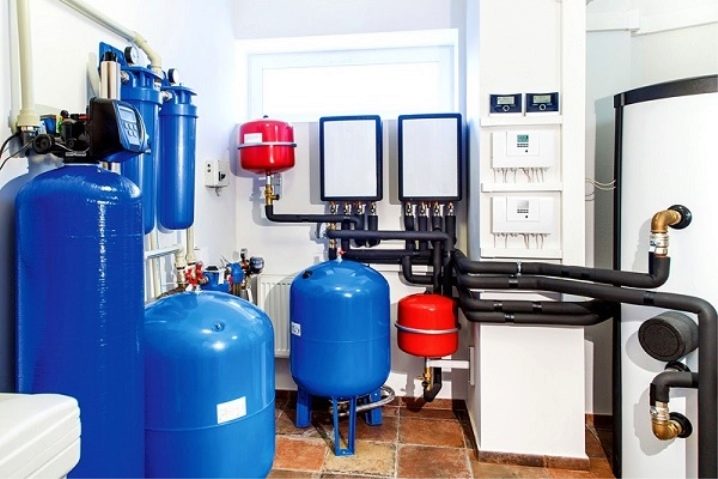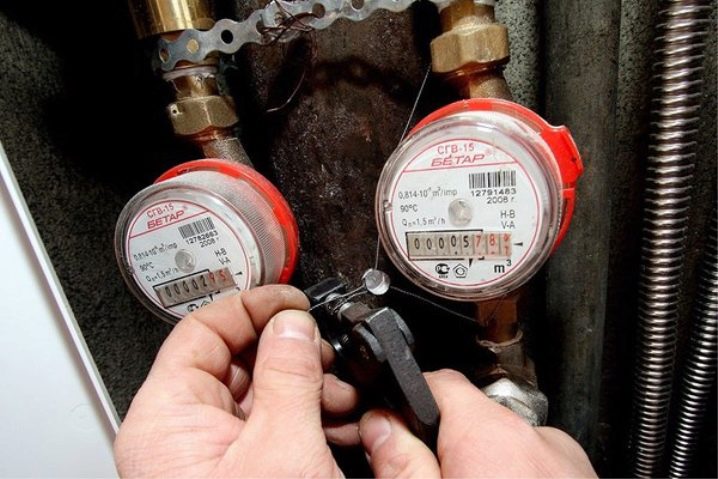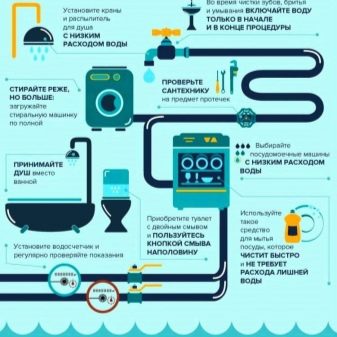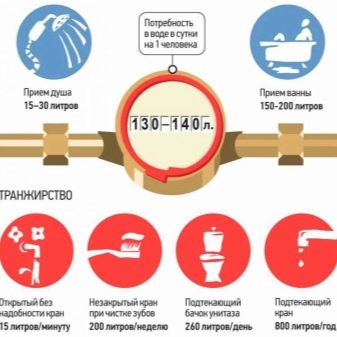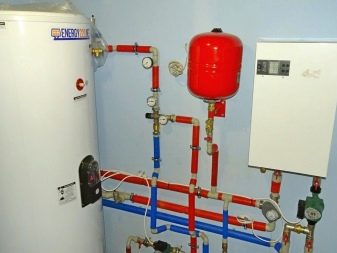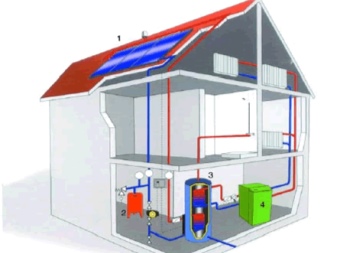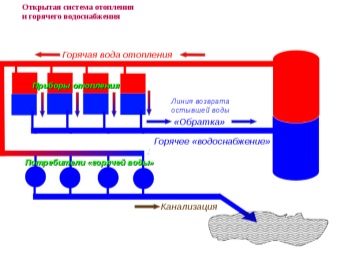Hot water supply: types and features of systems
In the modern world, people are used to living in comfortable conditions. And the higher the standard of living, the more benefits surrounds people. One of such inherent conditions for a comfortable life of the population today is the presence of hot water in apartments and private houses. Today, hot water consumption equates to cold consumption and sometimes even exceeds it.
What it is?
Hot water supply is the provision of the population, including its domestic needs, as well as production needs, with high-temperature water (up to +75 degrees Celsius). It is an important indicator of the level and quality of life, as well as a condition for compliance with sanitary and hygienic standards.The hot water system consists of special equipment, functioning in the aggregate, which serves to heat water to the desired temperature, as well as to supply it to water intake points.
Most often, this system consists of the following elements:
- water heater;
- pump;
- pipes;
- fittings for water supply.
In the regulations often used the abbreviation to the phrase hot water supply - HWS.
Types of devices
The hot water system can be of two types.
- The open system has a coolant. Water is supplied from the central heating system. It is so named because the supply comes from the heating system. Such a system is usually used in apartment buildings. As for private houses, the open system there will be too expensive.
- The closed system functions differently and has its differences. First, the cold drinking water is taken from the central water supply or the external network, then it is heated in the heat exchanger and only then is supplied to the water intake points. Such water can be used for cooking, as there are no elements harmful to health.
And there is also an independent hot water system.Water is heated in the boiler room or heat point, then fed into the house. It is called independent, since it functions separately and is not connected with the heat supply system. It is used in private homes or cottages.
As for water heaters, they are divided into two types.
Their choice depends only on the desire of the owner, as well as on the living conditions of the room.
- Flowing. They do not accumulate water, but rather heat it as needed. Such a heater is activated instantly as soon as the water is turned on. They can be electric or gas.
- Cumulative. Such water boilers collect water in a special tank and heat it. Hot water can be used at any time. Electric boilers have large dimensions.
Principle of operation
The hot water system may be dead-end or circulating. A dead-end circuit is used with constant use of hot water. In case of non-constant water intake, the water in the pipes cools down and it does not get too hot. In order to get the hot water you need, you have to drain it for quite a long time, which is not very convenient.In the circulation scheme, water is always supplied hot, but such a system is more expensive. Such a scheme is well suited in cases of periodic water intake. Water temperature is constantly maintained, and users get hot water.
The circulation system in such systems can be of two types.
- Forced. In this type, pumps are used, as in a building heating system. Forced systems are used in multi-storey buildings, the height of two floors.
- Natural. In one- and two-storey houses, the arrangement of natural circulation is used, since the length of the pipelines is small. It operates on a system of circulation pipes, based on the difference in the mass of water at different temperatures. This method is the same as the method of water heating using natural circulation.
Hot water supply consists of the following elements:
- water heater or generator;
- pipeline;
- water intake points.
Generators can be several types of water heaters.
- High-speed water-water heaters operate on the basis that hot water, which comes either from the boiler room or from the central heat supply, passes through brass pipes.They are located inside the steel pipes, and the space between them is filled with heated water. Thus, heating occurs.
- Steam water heater operates due to steam entering the heater. The water is heated by passing through brass pipes located inside. Such systems are used in homes with a constant flow of water and its large consumption.
- In homes with periodic and low water consumption, storage water heaters are used. They not only heat, but also accumulate hot water.
Pipelines and hot and cold water are a single system, they are laid in parallel. Mixers are installed at the water intake points, which allow to obtain different temperatures (from +20 to +70 degrees Celsius) due to the mixing of hot and cold water. In the hot water system is better to use galvanized or plastic pipes in order to avoid corrosion. Pipelines and risers are better insulated to avoid unnecessary heat loss. In modern homes, hot and cold water meters are installed to account for water consumption, which makes it possible not to overpay for consumption, but to pay only for consumed water.
Advantages and disadvantages
If we talk about the advantages and disadvantages of hot water, it is better to consider separately the system of open and closed types.
The advantages of an open system are the following:
- it is easy to fill it and bleed, which happens automatically through the expansion tank;
- pretty easy to recharge. Since the pressure in the system does not require special attention, water can be recruited without fear;
- the system functions well even in the presence of leaks, which is associated with high working pressure in it.
The disadvantages include the following:
- constant monitoring of the water level in the tank;
- the need to replenish it.
The advantages of a closed hot water system include such as:
- savings associated with constant temperature;
- it is possible to install a heated towel rail.
The disadvantage is the mandatory availability of water heaters. They can be flowing or accumulative, allowing you to always have a backup water supply.
A very important point in the hot water system is the presence of a hydroaccumulator. It helps prevent some of the problems associated with pressure drops in the system.The accumulator is a sealed tank in which the membrane is partially filled with water. It divides the tank into water and air parts. If the volume of water in the hydraulic tank increases, then, accordingly, the volume of air decreases.
At occurrence of increased pressure parameters in the system, a signal is given and the pump is turned off. To adjust the pressure there is a pneumatic valve. Air is pumped through the nipple. Its quantity can either be added or reduced.
The accumulator has such advantages as:
- prevent rapid wear of the pump. Since there is a supply of water in the tank, the pump will turn on less frequently, which contributes to its longer service life;
- stable air pressure in the system. The device helps to avoid sudden pressure drops and temperatures in the hot water system;
- resistance to water hammer They practically do not arise and can not harm the pump and the entire system;
- increased reserves of hot water. In the tank of the hydroaccumulator there is always its stock, besides, it is constantly updated.
Thus, the presence of this device only positively affects the functioning of the entire system as a whole.
Norms
According to the “Rules for the provision of public utilities”, the norm of hot water temperature should correspond to a value from +60 to +75 degrees Celsius. This value is fully consistent with sanitary norms and rules under the laws of the Russian Federation.
It is worth considering that there are some tolerances, namely:
- at night (from 00:00 to 05:00 hours) deviations of up to 5 degrees Celsius are allowed;
- in the daytime (from 05:00 to 00:00 hours) the deviation should not be more than 3 degrees Celsius.
According to the rules, if the supplied hot water is colder than the standard value, the user can recalculate and pay for it at the cost of cold water supply. But for this it is necessary to perform temperature measurements. Independently this will not work. The first thing you need to call in utilities or management company and leave a request for measurement. If this temperature drop is due to malfunctions, repairs or other reasons, the dispatcher must inform about this.
If everything is in order, you need to fix the application. After the visit of the master you need to make an act of measuring the temperature in two copies.It is on the basis of this act that the recalculation of the cost will be made.
During the measurement it is necessary to pay attention to the following factors:
- pour out water for a few minutes;
- note where the measurement is made - from the pipe of the heated towel rail or from an independent pipe.
According to the SanPiN article, this violation involves the payment of a fine.
The established norms of temperature regime are associated with the following factors:
- this temperature does not allow bacteria to multiply;
- at this temperature, the possibility of burns is excluded.
The temperature of the water in storage should be very high, but its use in the home should always be combined with cold.
Schemes and calculations
In order to calculate the consumption of hot water, it is necessary to take into account the number of people living in a house or apartment, as well as the way of life. The main requirement is the minimum period of flow of hot water from the tap. In addition, according to current regulations (10 minutes), it is assumed to be used at several points in any quantity.
To calculate the flow of hot water, you must consider the following factors:
- number of users;
- frequency of use in the bathroom;
- number of bathrooms and bathrooms;
- volume of sanitary devices;
- required water temperature.
The best today is the design with the help of special measuring devices. Although this option is not possible for everyone. Only taking into account the needs of the whole family, is it possible to choose the best option for hot water supply for a house, apartment or cottage.
Recommendations for use
As for the operation of the hot water system, its good result is achieved only with the harmonious uninterrupted operation of all its components. The main factor is to obtain a quality resource that meets all requirements. In this regard, prevention should be carried out periodically. Pipelines must be flushed. This is done after installation, then after repairs and disinfection.
Washing can take from several minutes to several hours. The time depends on the length of the pipeline. To prevent corrosion in the process, you need a complete lack of air. Special outlet valves are used for its output.Before the first commissioning of the hot water system, it is necessary to check for tightness and durability. The pressure should be half a bar higher than supposedly used, but at the same time it should not exceed ten bar. The ambient temperature during such events should be at least five degrees Celsius above zero.
To extend the service life of hot water, it is better to check the fittings, filters, and heaters from time to time. There are ways to combine the supply of hot water. In the presence of both autonomous heating and centralized water supply, the water heater must be connected to separate outlets with shut-off valves. During the circulation of water in the coolant there should be no air, since this can lead to the formation of an air block that will not allow hot water to flow, and a pipeline may also break. In the event of any malfunctions in the system, it is better to contact the specialists for timely identification and solution of the problem. Provided careful and careful use of the hot water system, the likelihood of emergency situations, breakdowns and failures is minimized.
Thus, when connecting a hot water system, it is necessary to familiarize yourself with its varieties and understand exactly which model is suitable for a particular apartment or house. In addition, proper installation, compliance with all rules and regulations of operation, the use of quality materials and timely prevention will help for many years to use the selected system without the emergence of unpleasant and unexpected problems.
For information on the types and features of hot water systems, see the following video.
